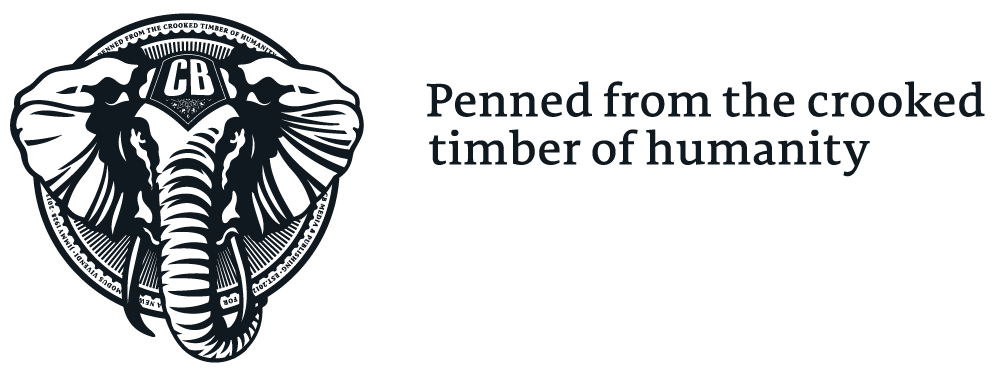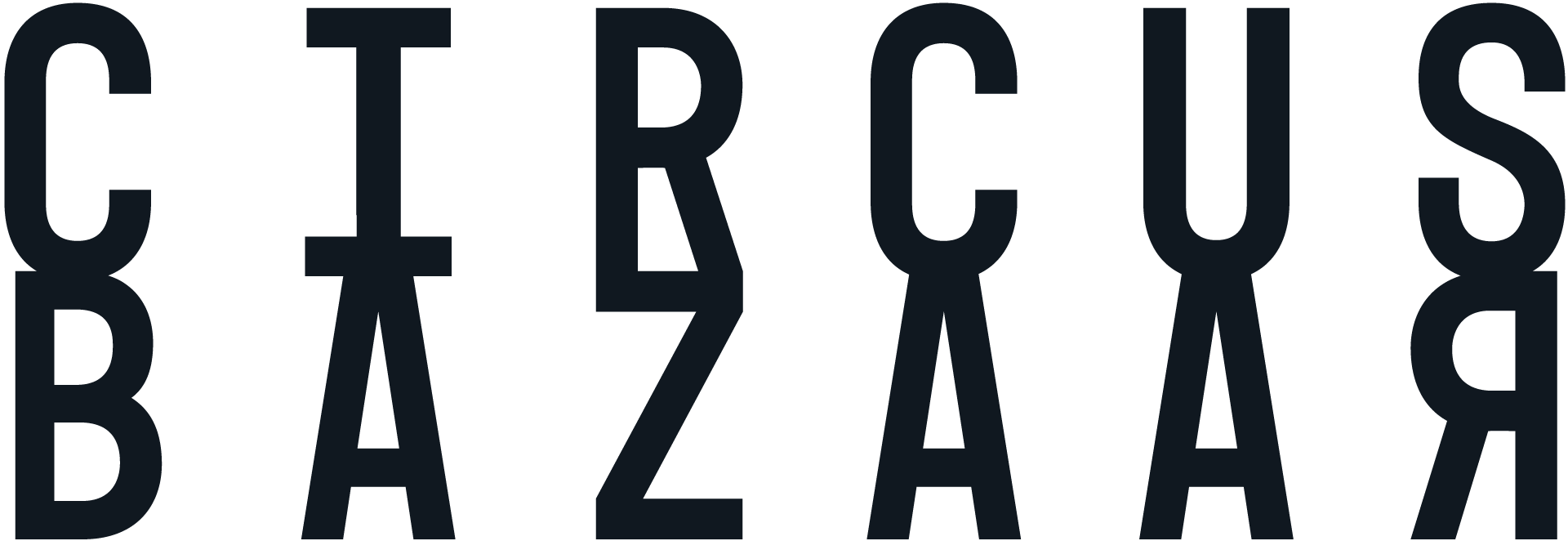The conditions on Manus Island and Nauru has been of global interest since the deaths of the asylums seekers Reza Barati and Hamid Kehazaei who died during their stay at Manus Island. Around the same time beatings and death threats towards child refugees in Nauru were reported.
Amnesty International has labelled the treatment of asylum seekers on Manus Island as “inhuman and degrading,” and in March disturbing photos from the Island were released.
Now the UN Committee Against Torture has not only agreed on the “cruel and inhuman” punishment given to the detainees, but they’ve also told Australia that the treatment is unlawful The Guardian writes.
[sociallocker id=”1624″][/sociallocker]
New laws
New laws will make it easier for Australia to force asylum seekers back to their home country, yet this could breach with the Convention Against Torture that Australia approved in 1989. Australia is legally bound by the convention that bans forcibly sending someone to a place where they could be tortured.
Australia has a constitutional protectoral responsibility for asylum seekers who fall outside the refugees’ convention, but are still escaping oppression in their home country.
When putting the bill before parliament, immigration minister Scott Morrison, said the government would use a 50% chance of “significant harm” for determining whether someone could be sent home.
So if refugees face a 50% or less chance of being tortured in their home country, Australia could forcibly return them there.
“We’d hope that this kind of international scrutiny will make Australia stop and think about the example we’re setting. It’s really concerning for Australia, which is such a world leader in some areas, to have so many black marks when it comes to our obligations under this convention,” Sophie Nicolle (the government relations adviser for Amnesty International) told Guardian Australia.
Under the proposed law changes Nicolle said “it would be impossible to safeguard against people being returned to torture.”










